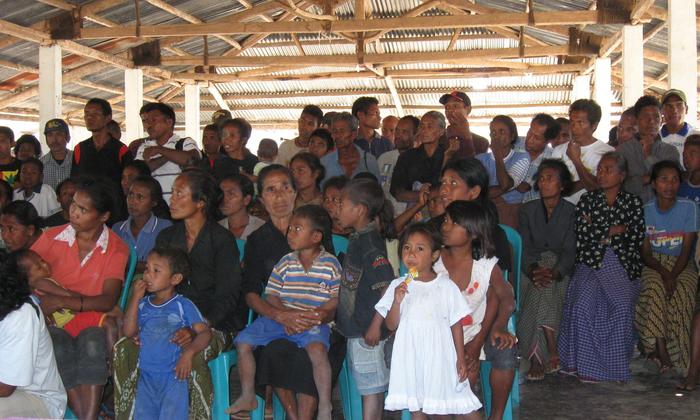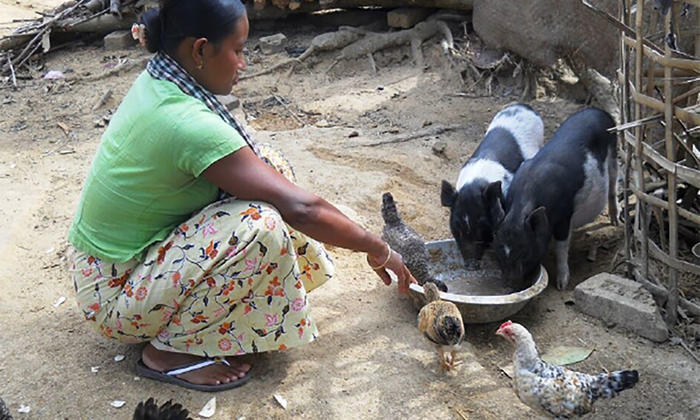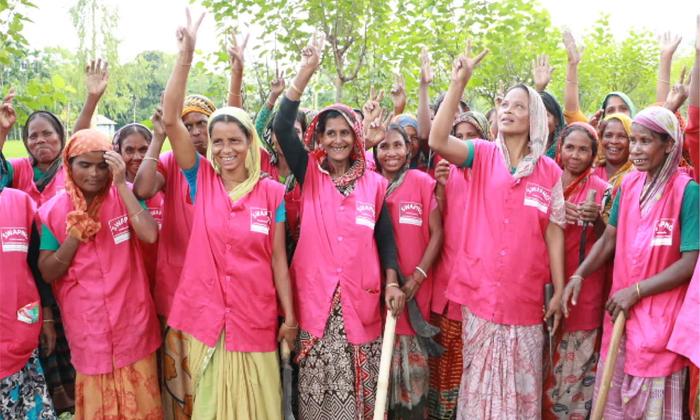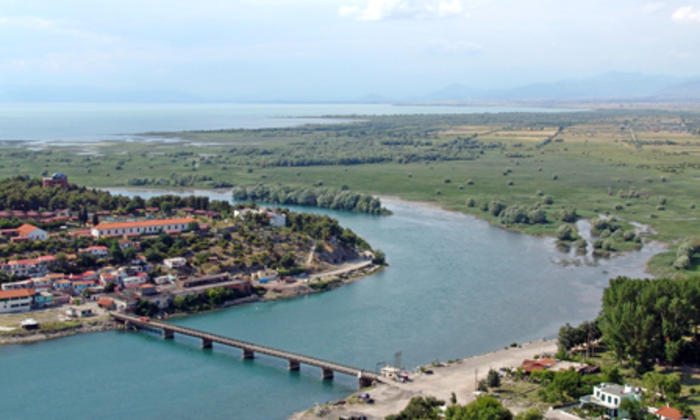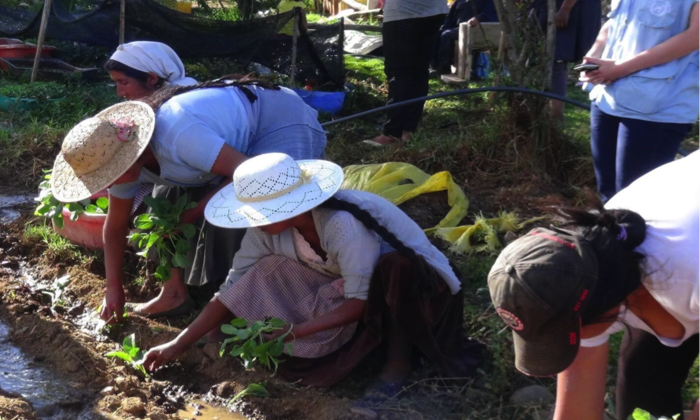Community promoters and mother counsellors were key to ensuring the adoption of techniques learnt at the household level
Case study
Guatemala: Food and Nutrition Security of the Department of San Marcos

SDGs ADDRESSED
This case study is based on lessons from the joint programme, “Alliances to improve the situation of children, food security and nutrition in Guatemala”
Read more
Chapters
Project Partners
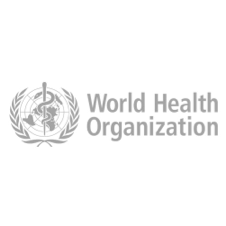
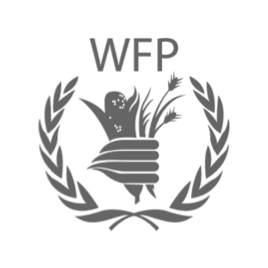
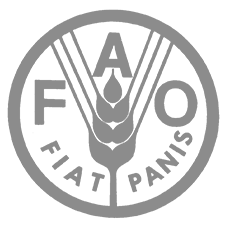
1. SUMMARY
The joint programme aimed to reduce chronic malnutrition in children under two years in the four municipalities of Tacaná, Esquipulas Palo Gordo, Tajumulco and San Lorenzo in the Department of San Marcos. By engaging the local government and other stakeholders in community-based approaches and learning from and building on the results of the work of the MDG Fund-supported interventions in Guatemala, the programme promoted integrated solutions for food security, nutrition, local governance and gender mainstreaming.
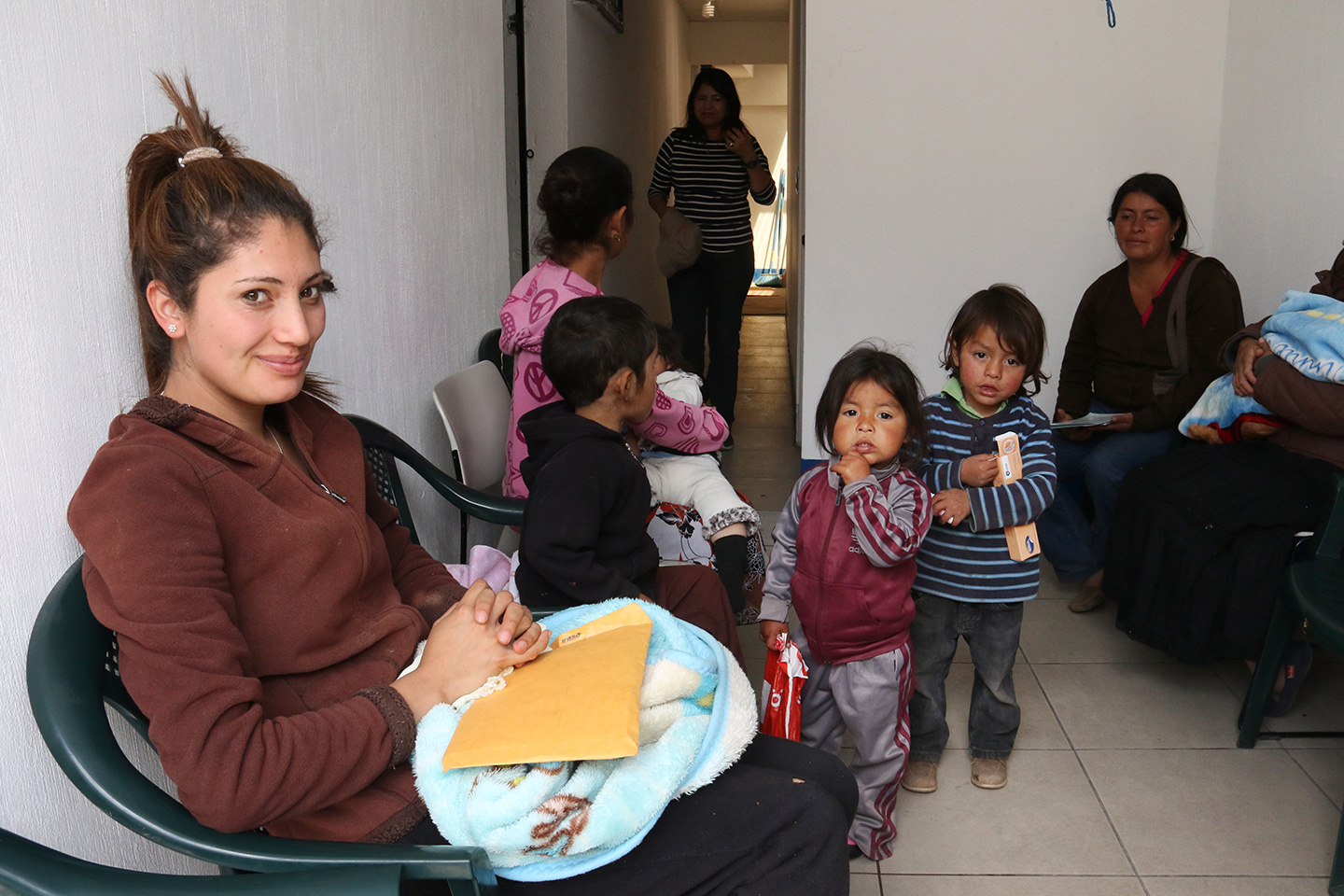
Programme to reduce chronic malnutrition in children under two years of age.
2. SITUATION
Guatemala has one of the highest rates of chronic childhood malnutrition in the world and the highest in Latin America and the Caribbean. An estimated 49.8% of Guatemalan children between 3-59 months suffer from chronic malnutrition. The rate is even higher among children of indigenous descent, particularly in highland areas, including San Marcos. These high rates of malnutrition at the municipality level are linked with poverty and gender equality, particularly as women have few opportunities for productive activities outside the home.
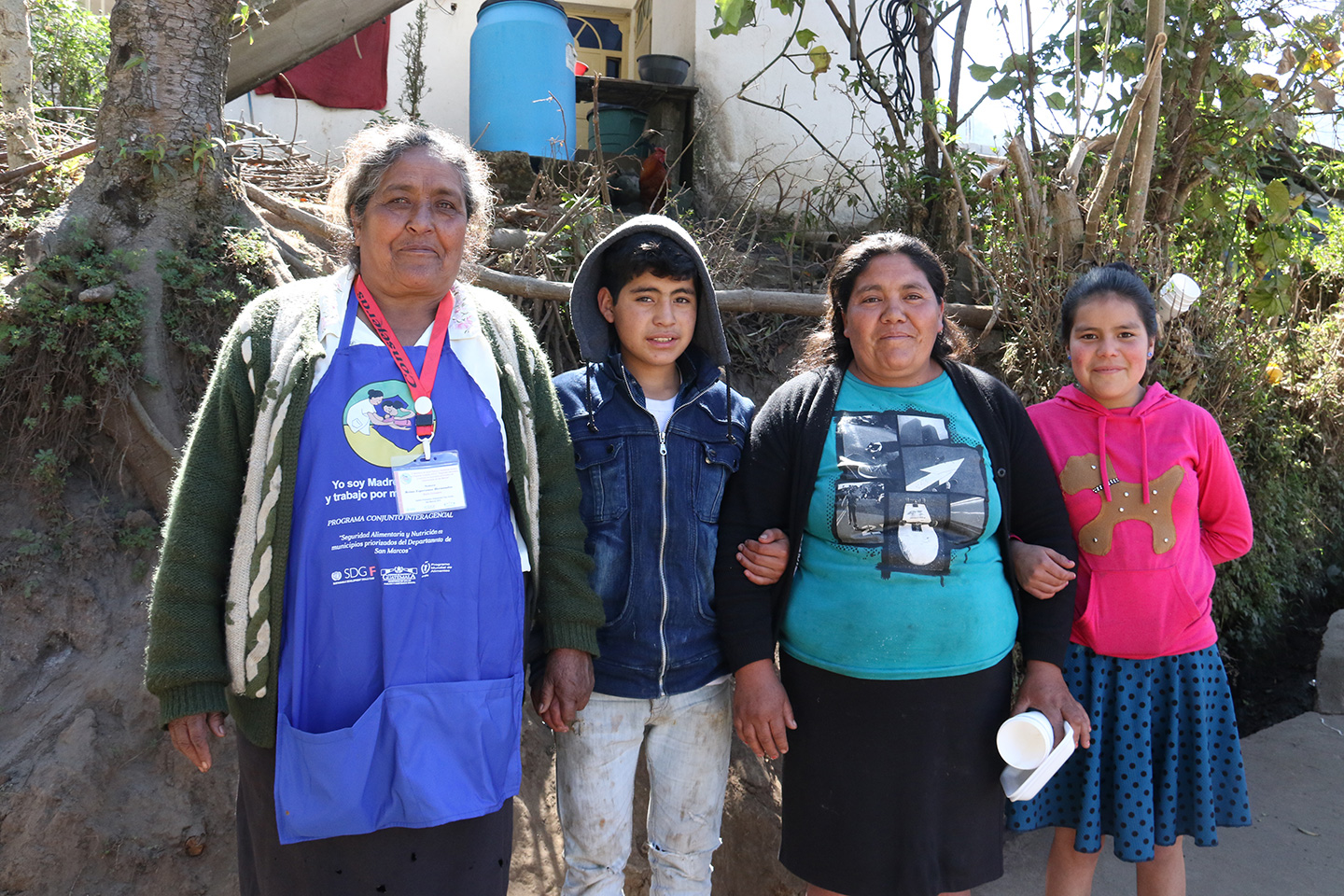
Beneficiaries of the programme.
3. ESTRATEGY
The joint programme focused on strengthening government institutions responsible for food security and nutrition: the Ministry of Agriculture, Livestock and Food, the Ministry of Public Health and Assistance Social, the Secretariat of Food and Nutritional Security, and the Secretary of Planning and Programming of the Presidency of the Republic. It also focused on building capacities at the local level in order to improve the food security and nutrition of households engaged in family-based agriculture.
4. RESULTS AND IMPACT
The programme supported municipal planning -including four multi-year plans on food security, nutrition, water and sanitation- and the first 1,000 days principles for Esquipulas Palo Gordo, San Lorenzo, Tacaná and Tajumulco, in addition to 32 plans at the community level. On the ground, the productive capacities, food security and nutrition of more than 1,500 families, (82% of beneficiaries were women) were improved. Beneficiaries learnt how to incorporate organic agricultural inputs, diversify production and improve soil conservation. Through the techniques they learnt, 92% of families added five types of home-grown greens and vegetables to their diets and an overall 25% increase in food consumption was achieved due to increased agricultural productivity and yields. More than 55% percent of the families reduced the presence of aflatoxins and fumonisins (carcinogens also linked to childhood malnutrition, stunting, etc.) in the corn that they grew, through improved post-harvest handling.
In addition to working with agricultural extension workers, health professionals and midwives, some 50 voluntary community promoters (promotores comunitarios) and 300 “mother counsellors” (madres consejeras) from grassroots organizations were trained and provided support in the areas of health, nutrition and infant care, including exclusive breastfeeding and preparation of complementary foods.
At the beginning of the programme, the vast majority of households practiced subsistence agriculture, with only 19 families generating an average income of 106.23 Guatemalan Quetzales (GTQ) per month. With the training and support provided by the programme, 869 families 200 GTQ per month by programme closure. Beneficiaries were supported to develop small businesses, including freshly cut roses, coffee, candles, fish, processed vegetables and honey. In total, 767 families benefited from these livelihoods diversification activities, with the remaining were able to increase their incomes through sale of their agricultural produce.
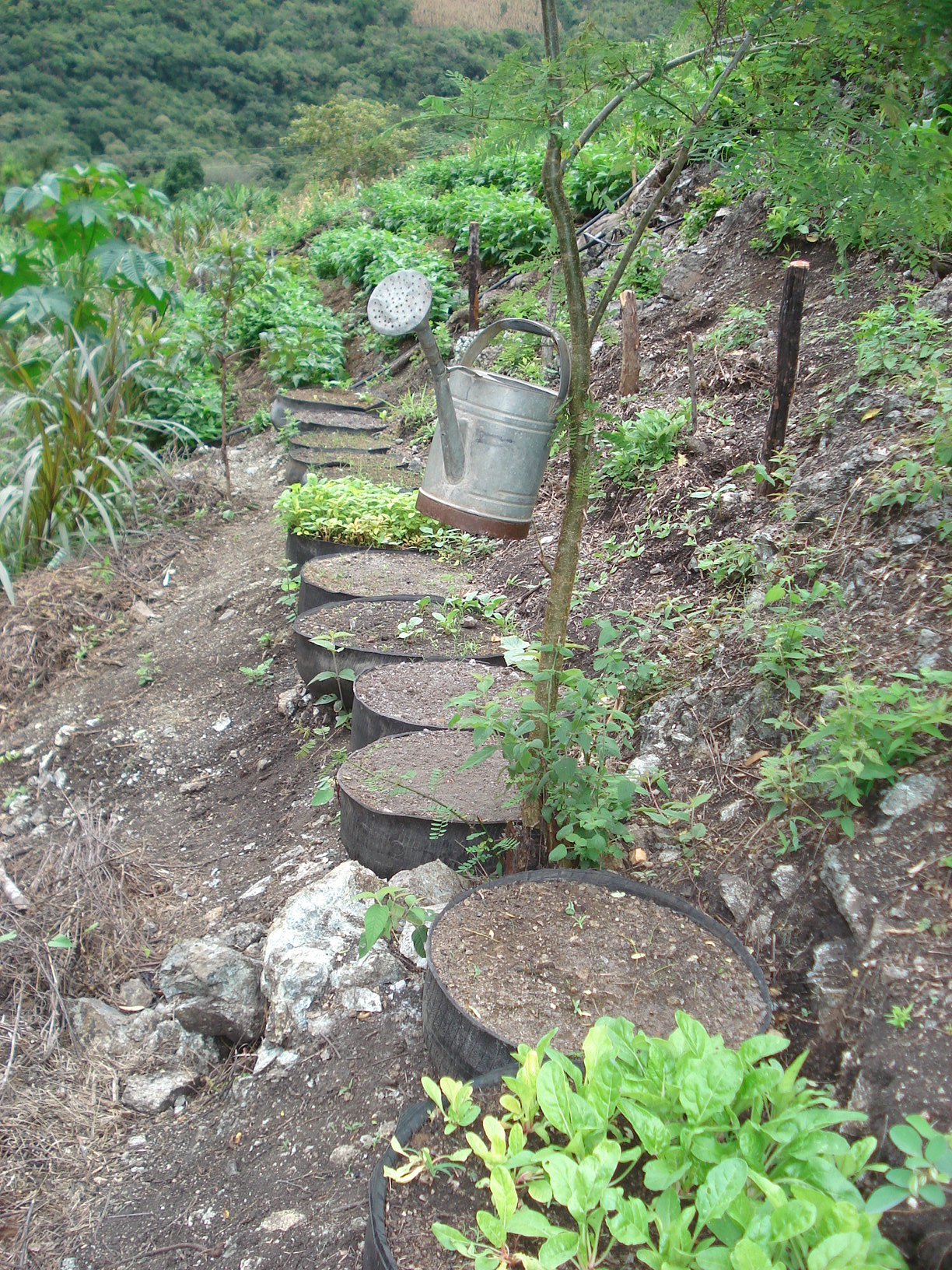
Techniques learnt at the household level.

5. CHALLENGES
Community promoters and mother counsellors were key to ensuring the adoption of techniques learnt at the household level. Challenges included gaps in infrastructure, including health service provision and access to improved drinking water sources, lack of agricultural inputs, poverty, and illiteracy. Many mothers struggled to understand the importance of the first 1,000 days to a child’s physical growth, health and neurodevelopment. Thirty percent still gave their infants under six months herbal infusions, diluted gruel and sweetened water, known locally as “agüitas,” a practice associated with malnutrition and stunting.
6. LESSONS LEARNT
The Diploma on Communication for Development was highlighted as one of the most successful elements of the joint programme. It provided training on health, food security and nutrition in homes and schools, and highlighted the importance of the first 1,000 days. Journalists and others working in local media and cable TV channels who were trained voluntarily supported the communications campaign, resulting in the inclusion of food security, nutrition and health-related content and key messages in 71 television programmes and 61 radio broadcasts.
7. SUSTAINABILITY AND POTENTIAL FOR REPLICATION
The endline study conducted of heads of households showed a good knowledge of the majority of the themes, including the 1,000 days principles and that 91% of families had managed to diversify their diets through their own production of fruits and vegetables. Local capacities for food security and nutrition were improved, including the support provided by mother counsellors, community facilitators and agricultural extension workers. However, the high level of poverty, families’ limited means and resources - including limited access to productive assets and water, along with other local structural rigidities mean that more support is needed to help ensure sustainability.
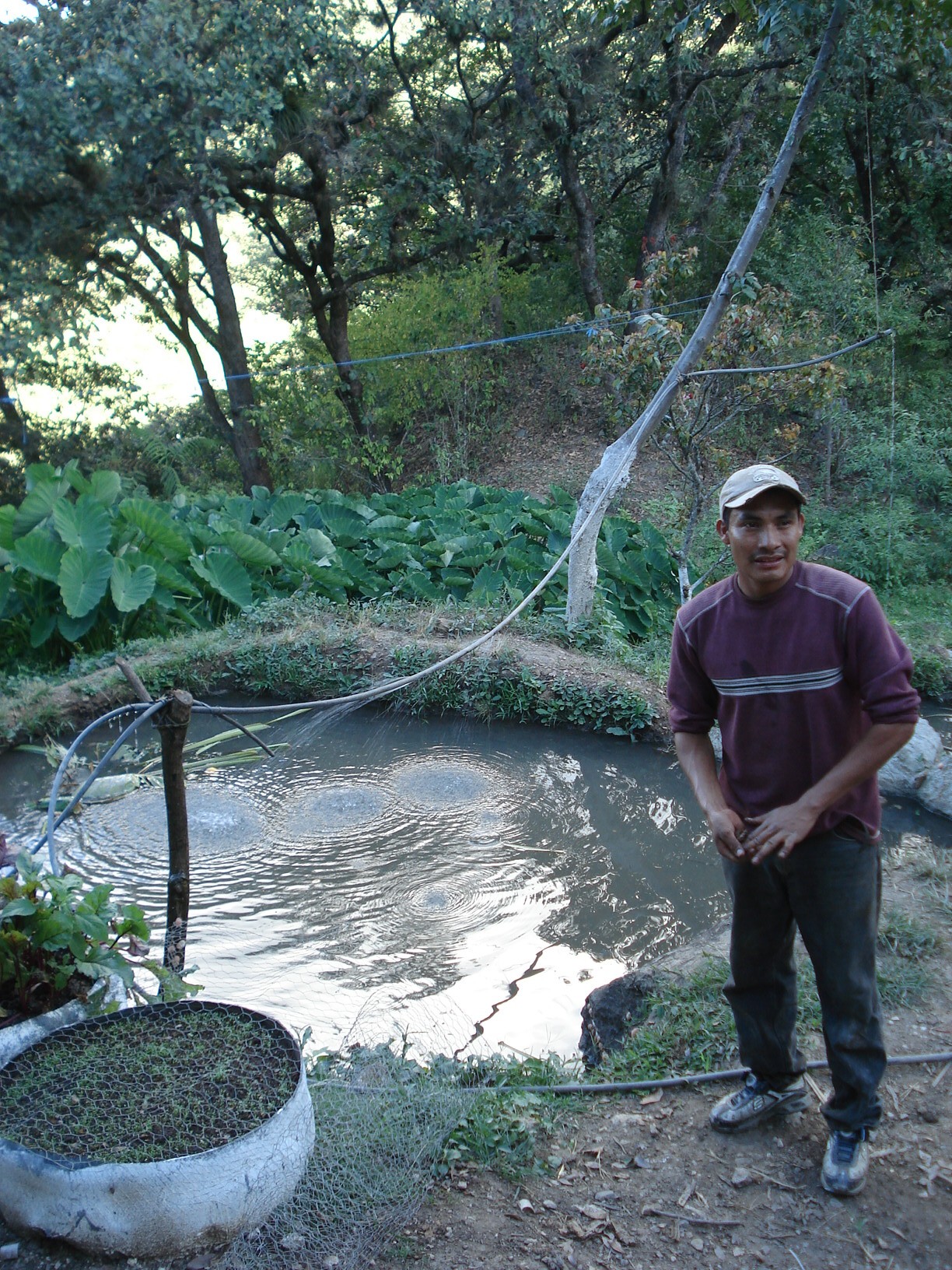
Participant of the programme.

